

Towing a Trailer? Let's Talk About Brake Controllers
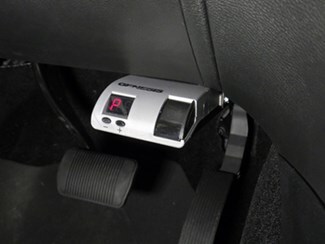
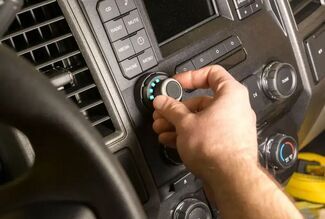
1. What is a Trailer Brake Controller and How Does it Work?
2. What is a Proportional vs Time-Delayed Brake Controller?
Proportional Brake Controllers
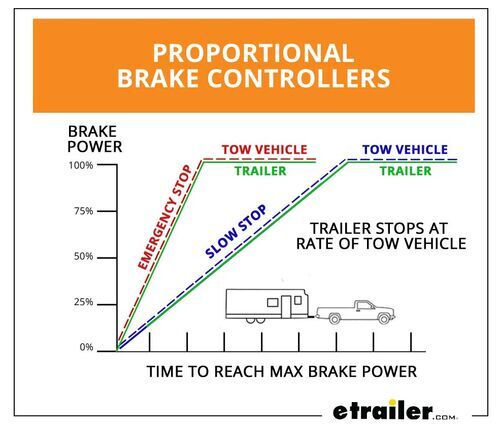
Time-Delayed Brake Controllers
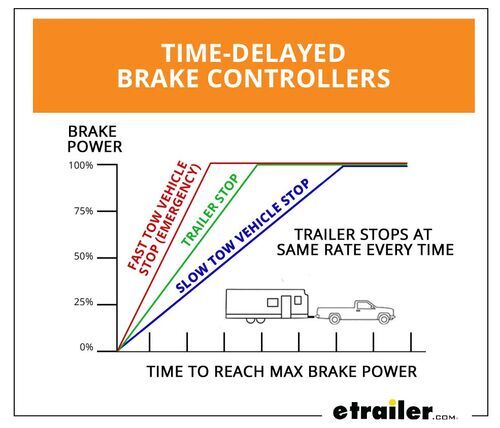
3. Installation, Adjustment, and Price: Picking the Perfect Controller
Traditional under-dash controllers: Main module is a box that mounts beneath your dashboard. Wireless controllers: No hardwiring required. Controlled via remote or smartphone. Trailer-mounted controllers: Main module mounts on your trailer frame and is controlled via remote. Dashboard knob controllers: Hardwired like a traditional box, but controlled via a discreet knob on your dashboard.
Type 1: Traditional Under-Dash Brake Controllers


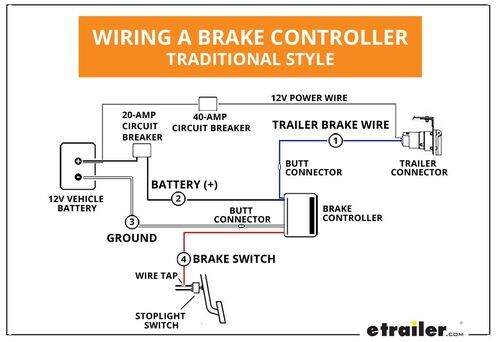
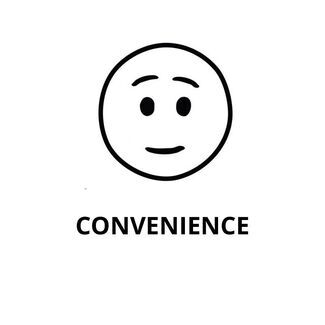
Type 2: Wireless Brake Controllers



Type 3: Dash-Mounted Brake Controller Knobs


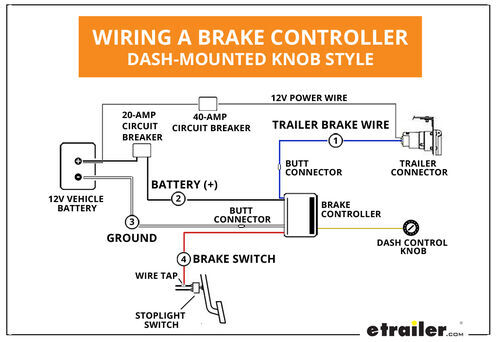

Type 4: Trailer-Mounted Brake Controllers



4. How to Test/Adjust a Trailer Brake Controller
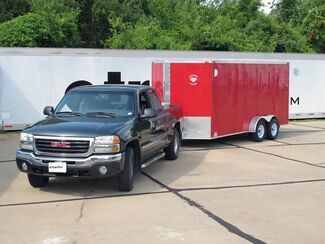
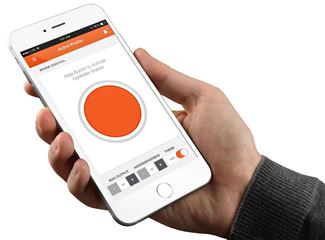
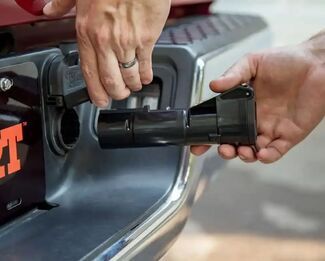
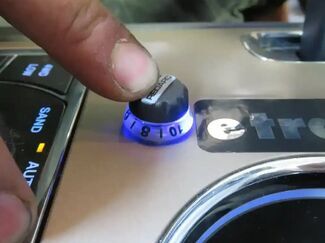

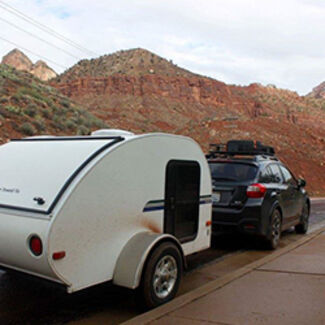
Ron
7/29/2021
The Curt Echo worked well the first 4 times, then regardless of how I set the controls on my smartphone, it would apply 100% braking on the trailer no matter how hard I hit the brake pedal. This is not a safe product. I have read online that many others have had this issue.


Don N.
6/9/2021
I replaced a Hayes Syncronizer brake controller that I used with my 2007 Chevy Silverado truck with a POD PRO-Series brake controller ( bought from E-trailer ). I used the Hayes controller on (2) earlier travel trailers and my current travel trailer until the Hayes controller failed last year. The first POD controller failed immediately and was replaced by E-trailer. The replacement controller does not work properly. After adjusting the unit trailer to the trailer, the unit causes the trailer brakes to grab and cause a surging kind of a stop. Can you offer some solution or recommendation to fix this problem. Thank you.
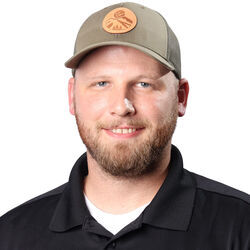



Hobie
5/7/2021
Does the Curt Echo require TV brake actuation to actuate trailer brakes, or will it sometimes actuate trailer brakes based solely on change of momentum of the TV (i.e., if if you take your foot off the accelerator when going downhill)? Also, same question for the Prodigy RF? Thanks.



Departments
Towing
- Trailer Hitch
- Fifth Wheel
- Gooseneck
- Towing a Vehicle
- Front Hitch
- RV Hitch
- ATV Hitch
- HD Truck Hitch
- Vehicle Wiring
- Brake Controller
- Ball Mounts
- Weight Distribution
Sports and Recreation
Trailer Parts
- Utility Trailer
- Boat Trailer
- Landscape Trailer
- Enclosed Trailer
- 5th/Camper Trailer
- Car Hauler
- Horse Trailer
Vehicle
Contact & Help

What our customers are saying:
"I like the easy of navigation through the site. It only took me a couple of minutes to place my order. Thank You I will shop this sight again in the future."
Popular Vehicles
- Subaru Forester
- Ford F-350 Super Duty
- Ford F-250 Super Duty
- Chevrolet Silverado 1500
- Jeep Wrangler Unlimited
- Jeep Wrangler
- Ram 3500
- Toyota Highlander
- Ram 2500
- Chevrolet Silverado 2500
- Subaru Outback Wagon
- Chevrolet Silverado
- Dodge Ram Pickup
- GMC Sierra 2500
- Ram 1500
- Ford F-250 and F-350 Super Duty
- Jeep Grand Cherokee
- Toyota Tacoma
- GMC Sierra 3500
- Toyota Tundra
- Ford Escape
- More >>


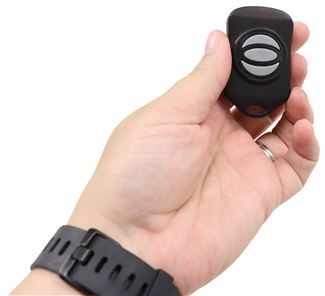
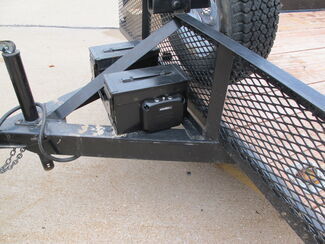




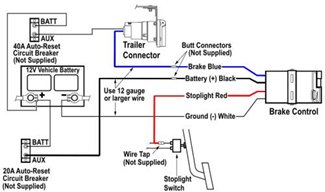
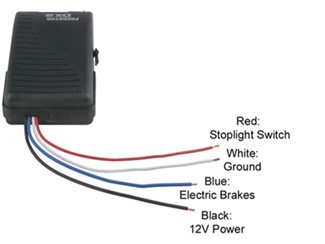
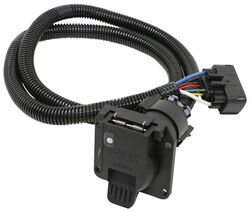
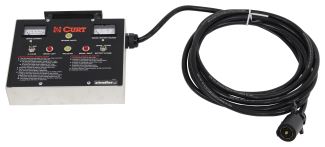
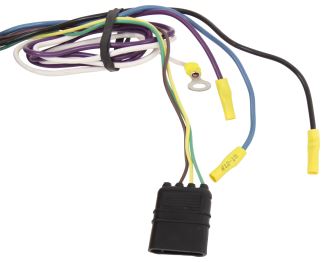

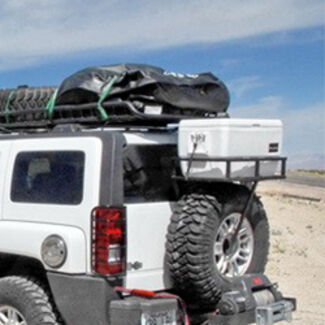
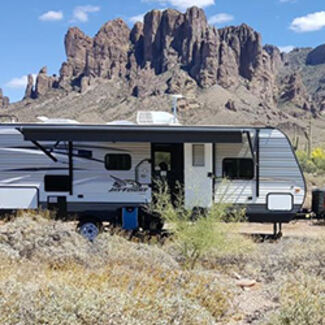

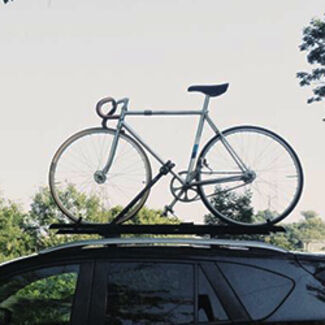

























Et
9/7/2023
I suggest updating your description of proportional braking. The plot is not correct per my discussion with Redarc (I have the Tow Pro Elite). If you set the knob to anything other than 10 (typical use) the trailer brake power does not reach 100%!!! The setting will limit the braking to some value less than 100% (i.e. 6 is ~60% of maximum). I was unaware of this crucial point and crashed into the car in front of me because of it. My trailer brakes simply did not provide enough braking in the emergency situation I had. Even though they they did reach the % values I had set to prevent clanking sounds in the hitch it was too low to provide adequate emergency braking. My truck at 100% was not able to stop me. Wiser now I set the value higher and live with the clanking. In a situation where the truck brakes are applied to 100% in a short period (i.e. an emergency), I really wish the system would continue increasing the trailer brake percent past the set limit and continue to 100%. Sadly the assumption this is happening is wrong.